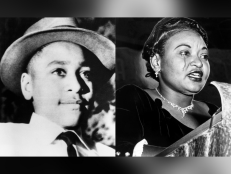'The Girl Next Door': The Torture-Murder Of 16-Year-Old Sylvia Likens In Pop Culture
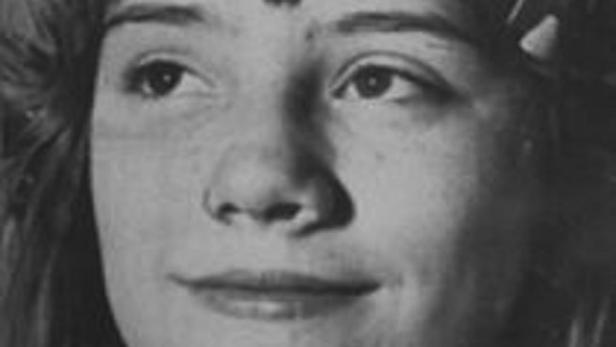
WikiMedia Commons
The torture and murder of 16-year-old Sylvia Likens at the hands of the woman entrusted to care for her stands as one of the most harrowing and unthinkable atrocities in the annals of American crime.
It is a nightmare come to life — and death — in 1965 Indianapolis.
After their mother got busted for shoplifting, Sylvia Likens and her sister Jenny, 17, moved into the home of Gertrude Baniszewski, a local hard-drinker who had six children of her own and a string of crashed marriages in her past.

WikiMedia Commons
Sylvia Marie Likens
The carnival-worker father of the Likens girls paid Baniszewski $20 a week to board his daughters. Occasionally, the money came late, and Baniszewski took her anger out the sisters. Eventually, she focused her entire rage on Sylvia.
Baniszewski beat Sylvia relentlessly, and encouraged her own children to follow suit. Other neighborhood children, to whom Baniszewski gave beer and cigarettes, also joined in the torture. Baniszewski covered up the crimes by saying Sylvia had taken off on her own and showing off a fake runaway note as proof.
In short order, Baniszewski kept Sylvia tied up in the basement. Once there, she and the children starved Sylvia, burned her, and scalded her with boiling water. They also cut the teenager and rubbed salt in the wounds, raped her with glass bottles and other objects, and forced her to eat feces.
After beginning to carve the words “I am a prostitute and proud of it” onto Sylvia’s midsection with a glowing-hot needle, Baniszewski ordered the job to be finished by her son’s 15-year-old pal and her own 10-year-old daughter. The kids further branded Sylvia’s chest with a hot-iron poker.
On October 25, Sylvia attempted to escape. Baniszewski caught her by the front door. After a scalding bath, Sylvia died the next day from brain hemorrhage, shock, and malnutrition.
When the police showed up, Baniszewski told police “a group of boys” had shown up several days earlier, dragged Sylvia off, and returned her in supremely violated condition. Fortunately, Jenny Likens managed to whisper to the officers, “Get me out of here and I’ll tell you everything.” They did.
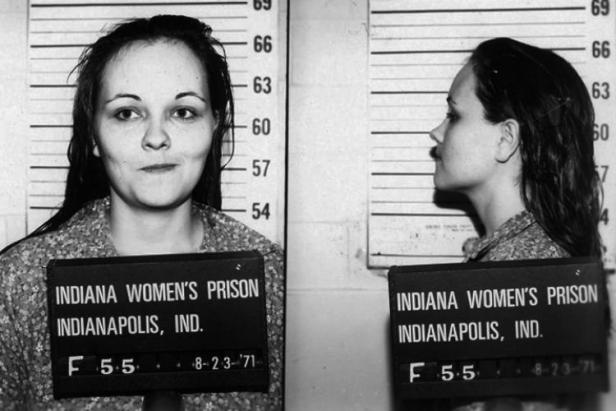
Indiana Department of Corrections
Gertrude Baniszewski
Gertrude Baniszewski got life in prison for first-degree murder. Paula Baniszewski, Gertrude’s 17-year-old daughter who subjected Sylvia to some of the worst abuse, got life in prison for second-degree murder. The three minors who were also arrested, including Baniszewski’s two sons, each did two years in a reformatory.
In 1985, amid howls of protest, Gertrude Baniszewski received parole. She lived in Iowa under a new name until dying from lung cancer at 61 in 1990.
The house where Sylvia suffered and died was demolished on April 23, 2009. Her memory, of course, remains.
Books, films, and TV shows have attempted to both dramatize and make sense of what seems like (and, in a perfect world, would be) absolutely impossible horror. Here are five of the most powerful examples.
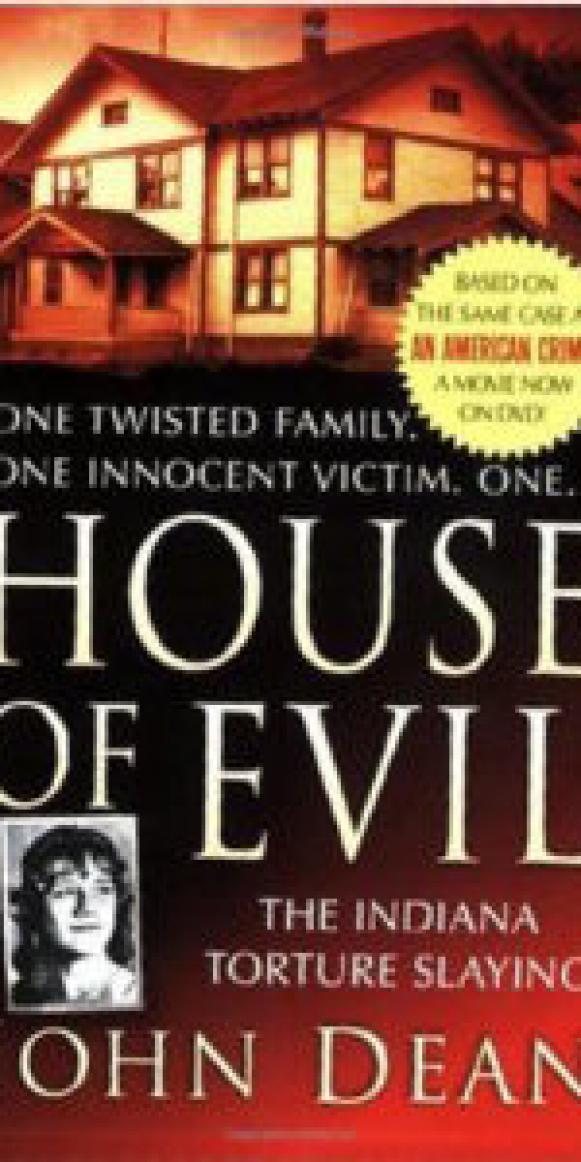
Amazon
House of Evil by John Dean
HOUSE OF EVIL: THE INDIANA TORTURE SLAYING by John Dean (1966)
On its own terms, House of Evil (originally just titled The Indiana Torture Slaying) is a remarkable true-crime account of the wickedness that befell Sylvia Likens and the surrounding circumstances that made such sadistic sickness possible.
Additionally noteworthy, though, is that author John Dean published this landmark works so close to the actual events.
Barely one year earlier, Truman Capote’s In Cold Blood effectively invented the true-crime genre. House of Evil not only deftly covers the agony and heartbreak of the tragedy at hand, but it also it stands as an early example of a new literary form taking shape. [Goodreads]
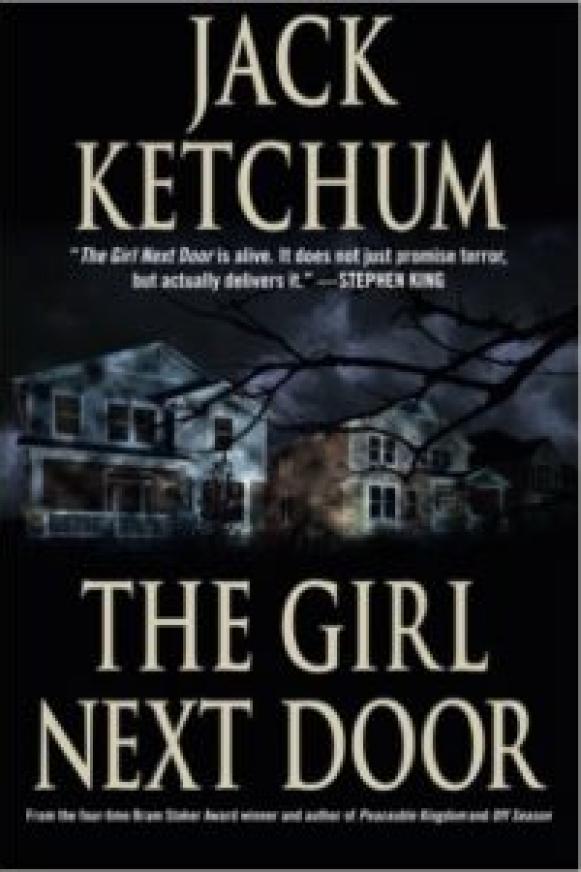
Amazon
The Girl Next Door by Jack Ketchum
THE GIRL NEXT DOOR by Jack Ketchum (1989)
When asked who the scariest guy in America was, fright author supreme Stephen King answered forthrightly, “Probably Jack Ketchum.”
Debuting with the controversial cannibal novel Off Season in 1980, Ketchum has long ruled as one of horror fiction’s preeminent creative forces. His 1989 masterwork, The Girl Next Door, is rendered all the more terrifying as it is rooted in the facts of the Sylvia Likens case.
Powerful prose mixed with such horrendous details makes for one savagely upsetting reading experience. [Jack Ketchum]
AN AMERICAN CRIME (2007)
Director: Tommy O’Haver
Cast: Ellen Page, Catherine Keener, James Franco
A top-notch cast brings grim gravitas to An American Crime, a direct dramatization of Sylvia Likens’ torture and murder that was initially created for theatrical release, but debuted on Showtime.
In the same year that Juno made her a very differently perceived star, Ellen Page makes for a heartbreaking Sylvia here. Acclaimed actress Catherine Keener earned an Emmy Award nomination for her portrayal of Gertrude Baniszewski. [Variety]
THE GIRL NEXT DOOR (2007)
Director: Gregory M. Wilson
Cast: Blythe Auffarth, Blanche Baker, Madeline Taylor
The Girl Next Door further fictionalizes Jack Ketchum’s landmark 1989 novel of the same name, and moves the Sylvia Likens saga more palpably into the arena of horror cinema.
William Atherton opens the film as an adult Wall Street worker who remains haunted by his adolescent experiences in which he and other children raped, tortured, and ultimately helped kill a teenage girl that a neighbor woman kept tied up in her basement.
It’s not an easy watch. Stephen King (him again!) praised The Girl Next Door, stating: “This is the first authentically shocking American film I’ve seen since Henry: Portrait of a Serial Killer.” [New York Times]









